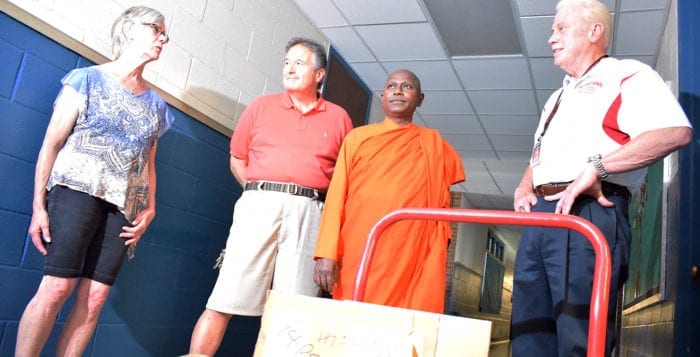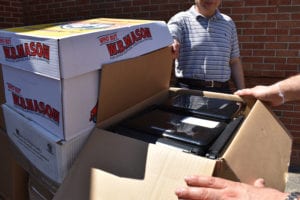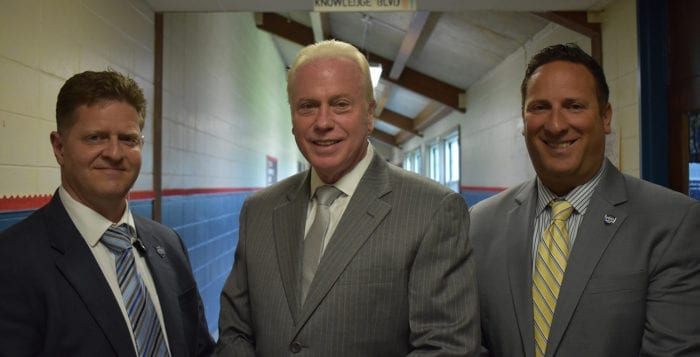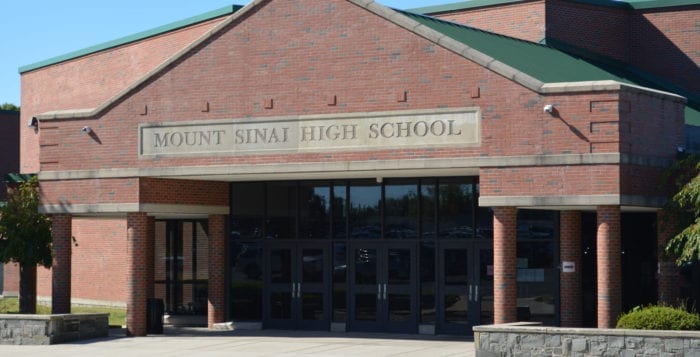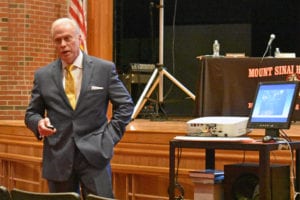Check back later this week for Miller Place’s proposed school budget and interviews with school board trustee candidates.
School districts throughout the North Shore of Long Island are gearing up for budget votes on May 21. Here is a round up of some of the local districts latest budget overviews and a preview of candidates who are running for board of education trustee seats.
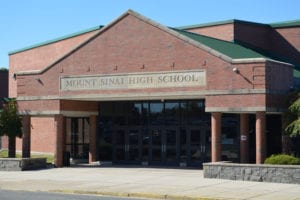
Mount Sinai School District budget overview
The final proposed budget figure for the 2019-20 school year will be 61,009,770, which is a 1.34 percent and $806,295 increase from the current year’s amount.
The district is poised to receive $18,007,000 in state aid in the upcoming school year, a slight decrease than it received last year.
Though it will receive slightly more in foundation aid for the upcoming school year in $12,909,109 compared to this year’s figure of 12,845,044, the district will be receiving less money in building state aid. The 2019-20 amount will be $1,168,106, a $489,000 decrease in funds. That’s due to a 25-year-old bond loan on the high school finally being paid off, according to Superintendent Gordan Brodsal.
“The bond on the high school is paid off,” he said. “No more principal, no more interest. That means no more building aid from the state.”
The tax levy cap for the district in 2019-20 will be 2.168 percent and the tax levy amount is $40,986,735, a $870,000 increase from the previous year.
The tax rate for an average assessment of a household valued at $3,700 will be $9,839. As a result, and the district said there will be a $17 increase in tax rates for the average homeowner.
For capital projects, a separate vote in conjunction with budget, the board wants to set a capital reserve of $850,000. Including the $750,000 in funds put last year in capital reserve, the district will have $1.6 million for future capital projects.
Brosdal and the board are proposing to use $1.5 million for two projects: the cost of another partial repair of the high school’s roof and to replace the middle school’s HVAC system. The high school roof repair would cost $850,000 and the HVAC replacement would cost $650,000. The remaining $100,000 would be saved for future projects.
Other highlights of the budget are plans to make the Consultant Teacher Direct Instructor program full day for children in grades 1 through 4. To expand the program, the district would be looking to hire two additional instructors.
Also, the budget will cover replacement of outdated textbooks in the middle and high school. The total for the new textbooks will cost the district $75,550.
Mount Sinai board of education trustee vote
This year, Mount Sinai will have five candidates running for three open trustee seats. Board member Anne Marie Henninger’s seat will come up for vote again after she replaced trustee Michael Riggio, who vacated his position in August 2018. Board member Lynn Jordan will be vying for re-election. Challengers this year are Lisa Pfeffer, Chris Quartarone and Robert Pignatello. The two candidates with the highest votes will get a three-year term while the person to receive the third most votes will take up Riggio’s vacated seat, which will have a two-year tenure instead of the usual three years for the other seats.
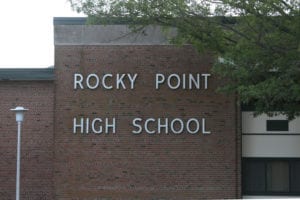
Rocky Point Union Free School District budget overview
The latest proposed budget amount for the upcoming school year will be $86,743,446, a slight increase of 0.71 percent from last year’s amount. The district will also see a projected tax levy cap of 2.59 percent and a tax levy amount of $52,491,371, which is an increase by more than $1.3 million from the current year’s figure of $51,166,218.
The district will be receiving $28,864,295 in state aid for 2019-20, an increase of close to $130,000. Rocky Point will get $19,044,293 in foundation aid, an increase of more than $140,000 compared to last year’s figure of $18,902,525.
Another highlight of the budget overview is that debt services will decrease in the 2019-20 school year as a result of a completion of payments of two bonds that date back to 1995 and 2000. The bond payments will expire on June 30 and will save the district $451,751.
Superintendent Micheal Ring said the bonds expiring were approved by voters for various construction projects, including the construction of the Rocky Point Middle School. As debt service decreases, so does building aid from New York State, which is provided to offset part of the cost of bond interest and principal payments over the life of debt.
Employees Retirement System rates will decrease to 13.1 percent, which is expected to likely save the district more than $159,000. Teachers Retirement System rates are expected to decrease as well to 9 percent and would save the district close to $582,000.
Ring said that as rates have gone down it has resulted in opportunities to better support the district’s core instructional programs and enhance maintenance of facilities.
Rocky Point board of education trustee vote
This year there will be two open trustee seats.
Board member Scott Reh, who was sworn in to the board Jan. 14 to fill the seat vacated by Joseph Coniglione earlier this school year, has said he has no plans on securing re-election in May and will let other candidates run for his seat. The candidate with the most votes will serve for the three-year term. The candidate with the second highest number of votes will serve the remainder of Coniglione’s term, which is one year. The candidates this year are Susan Sullivan, Michael Lisa and Jessica Ward.
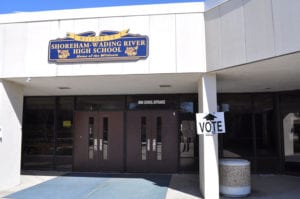
Shoreham-Wading River Central School District budget overview
The finalized proposed budget figure for 2019-20 will be $75,952,416. It is a $1,176,344 increase from last year’s figure.
The tax levy cap for the upcoming school year is 2.36 percent and the tax levy cap amount is $54,377,657, an increase of $1,257,442 from the current year’s amount.
The district is expected to receive $12,676,465 in state aid for the 2019-20 school year, a decrease of over $98,000 from 2018-2019. Also, SWR will see an increase of over $48,000 in foundation state aid received with the total amount being $6,442,501.
The fund balance for 2019-20 will decrease by close to $67,000 from 2018-19.
The final budget will cover the implementation of an integrated video, door access and alarm management system as well as additional video cameras and perimeter fencing. Night gates will be installed at the Alfred G. Prodell Middle School, Miller Avenue Elementary School and Wading River Elementary School. Also, the budget will cover the purchase of a new high school auditorium bandshell and supplies/materials for the middle school greenhouse.
Shoreham-Wading River board of education trustee vote
This year, SWR will have three trustee seats open.
The full terms of board members Michael Lewis and Kimberly Roff will expire June 30. Roff chose to not seek re-election.
The third seat is for board member Erin Hunt, who resigned in March and whose term will expire June 30 as well.
The candidates with the two highest number of votes will win the full three-year term seats. These candidates’ term will be from July 1, 2019, through June 30, 2022.
The candidate with the third highest number of votes will win Hunt’s vacated seat. The winning candidate’s term will begin the evening of the election, May 21, and their term of office will end June 30, 2020. An election will take place in May 2020 to fill the seat for a three-year term.
The five challengers for this year are: Thomas Sheridan, Jennifer Kitchen, Meghan Tepfenhardt, Edward Granshaw and William McGrath.

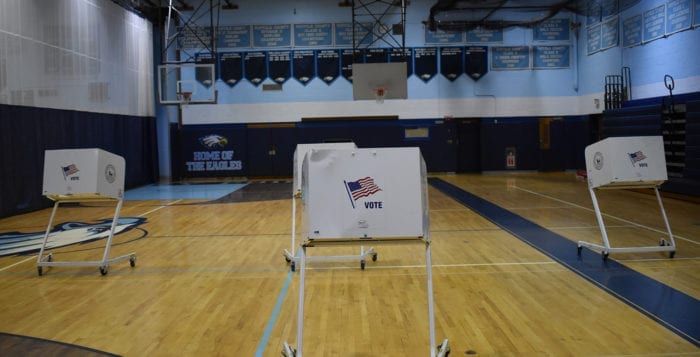
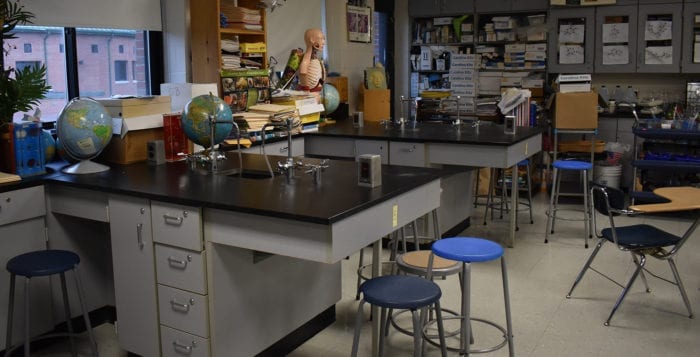
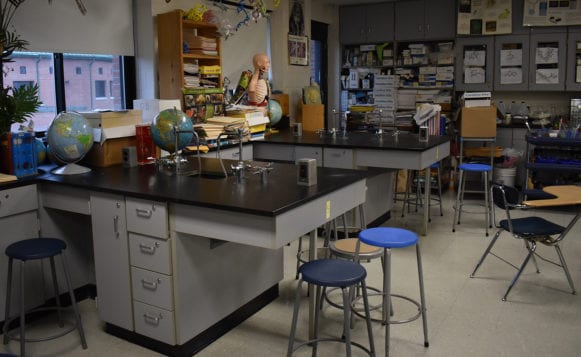
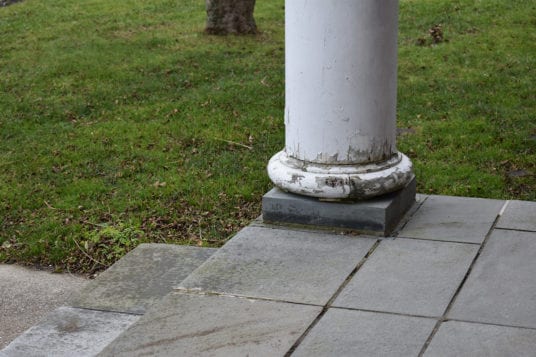

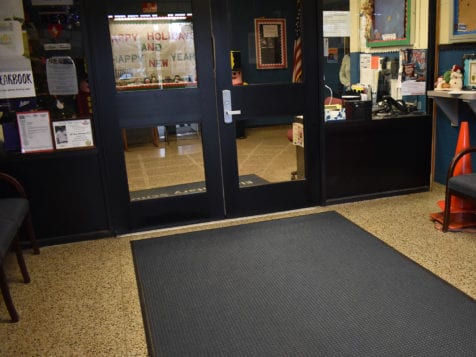
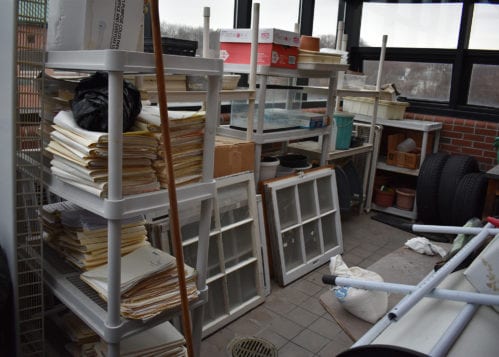
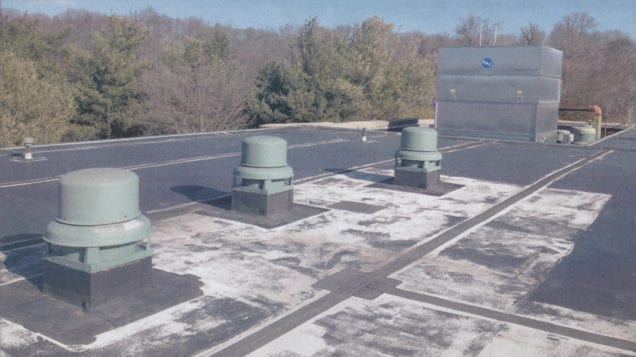
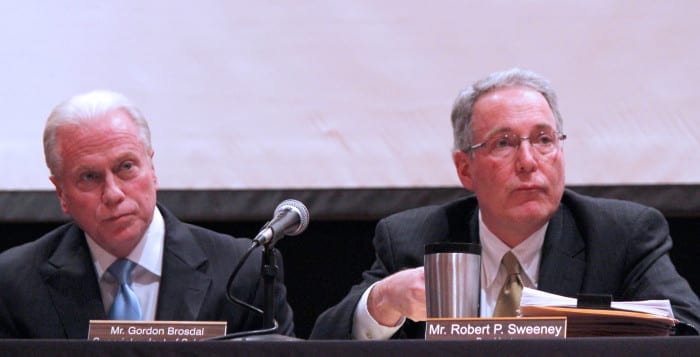

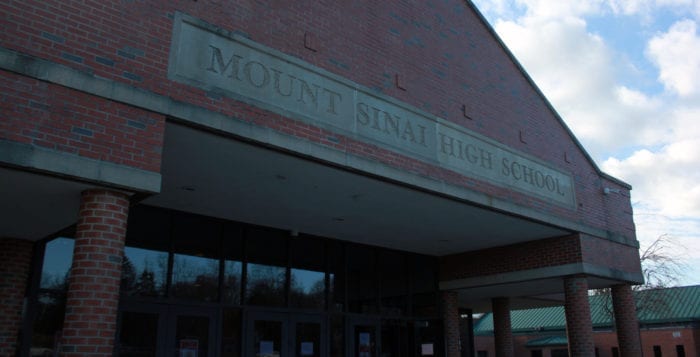
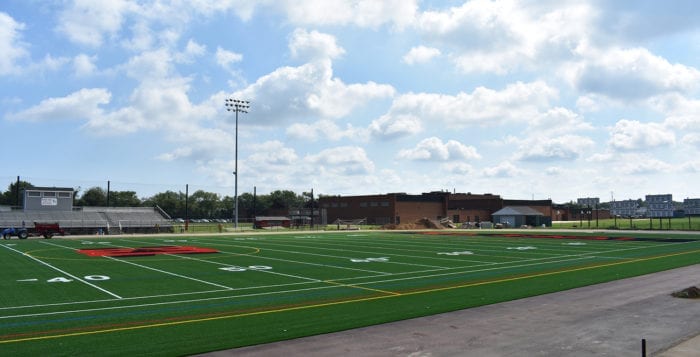
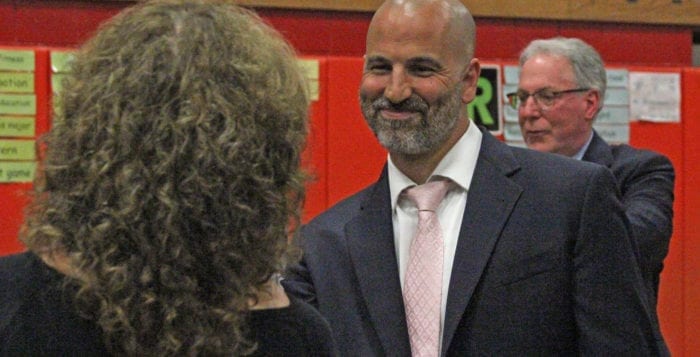
 While he said he didn’t wish to disappoint the school, the opportunity came suddenly. The job is in the law enforcement field, but he declined to reveal exact specifics about the job.
While he said he didn’t wish to disappoint the school, the opportunity came suddenly. The job is in the law enforcement field, but he declined to reveal exact specifics about the job.